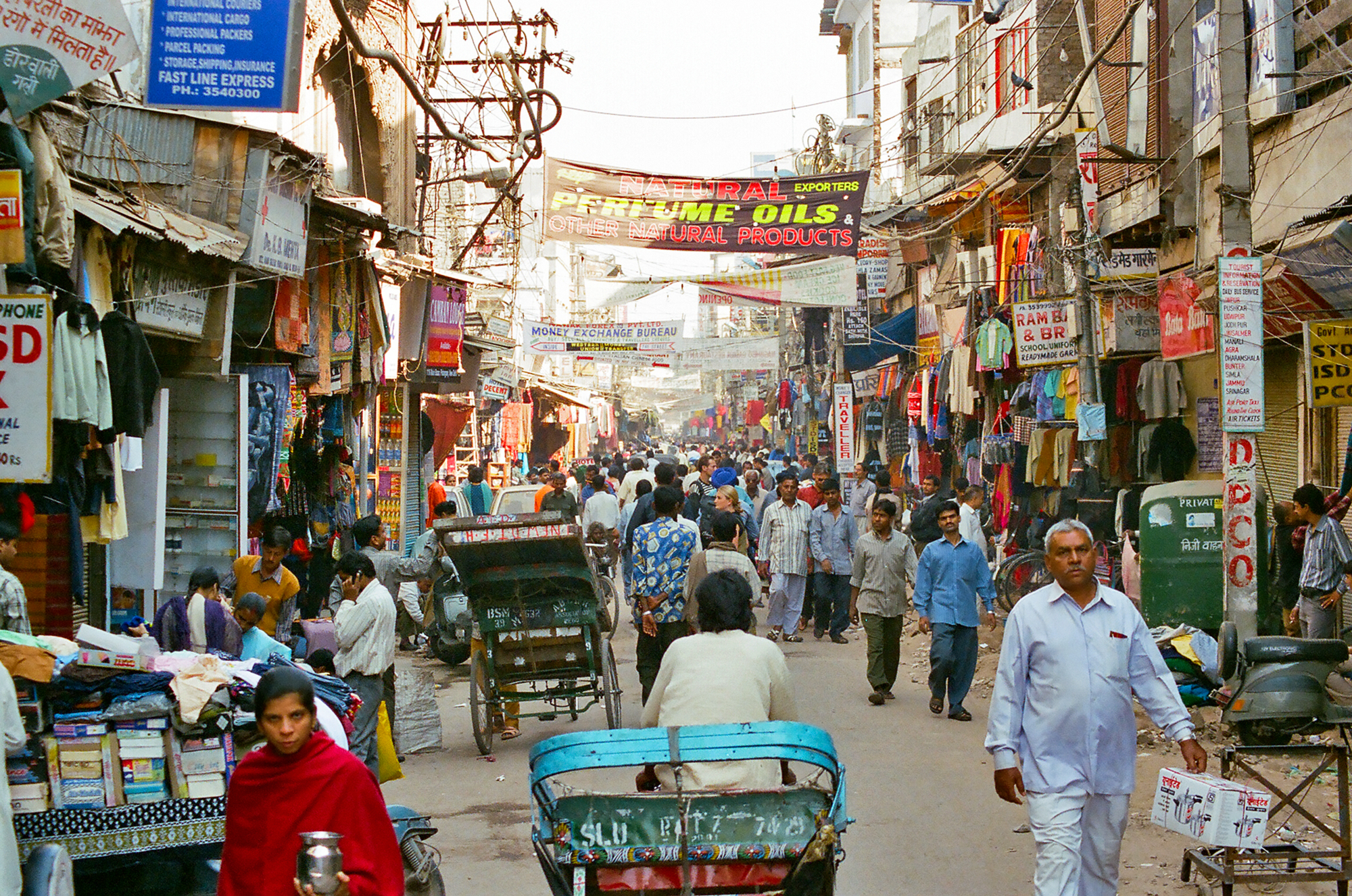Concept 13: Standard of Living
Overview: Is it accurate to say that one group of people live "better" than another? The concept of standard of living tries to answer that question - but sometimes comes up short. This lesson explains why.
Learn
Beginner

Standard of living refers to the overall level of a nation’s wealth. Think of the quantity and quality of housing, food, healthcare, transportation, etc. available to individuals in a country. While there is no official measure of standard of living, Real Gross Domestic Product (Real GDP) per capita (per person) is most widely used by economists. This measure takes the dollar value of all the new goods and services produced within a country’s borders, adjusts it for inflation, and divides it by the population.
A country’s standard of living can increase or decrease for varied reasons, but countries that have high levels of investments in human and physical capital and access to quality healthcare usually have a higher standard of living.
Intermediate

In reality, standard of living is more of a “feeling” than an empirical number. Economists try to capture this by calculating the dollar value of all the goods and services produced within a country’s borders, adjusting for inflation, and dividing that number by the population. This metric is referred to as Real GDP per capita. According to the Federal Reserve Bank, RGDP per capita for the United States in 2019 was about $58,300. By comparison, Switzerland is around $70,000, Bangladesh $1,800, and Somalia $126. These numbers can vary a little depending on which measures of GDP and inflation are being used, but the relative differences are stark. What you can tell from the numbers is that, on average, someone living in the US or Switzerland most likely has much more access to quality housing, food, transportation, and healthcare than someone in Bangladesh or Somalia.
Advanced

A closer look at the Real GDP per capita approach to measuring standard of living reveals some major limitations. First, GDP only measures the value of final goods commercially produced in the country and does not account for positive things like leisure time, bartered goods/services, in-home childcare, volunteer activities, etc. Negatives like environmental damage are also excluded. Second, because of the calculation, distribution of wealth is also ignored. A small country like Qatar usually reports a very high GDP per capita, but much of the wealth is held by a very small group of oil-connected families. Because of this, other measures have developed over time but they are less widely used. These include United Nation’s Human Development Index, the World Bank’s Gross National Income measure, and Gallup’s Standard of Living survey that doesn’t use numbers, but attitudes of individuals.
Click a reading level below or scroll down to practice this concept.
Practice
Assess
Below are five questions about this concept. Choose the one best answer for each question and be sure to read the feedback given. Click “next question” to move on when ready.
Social Studies 2024
Explain how investments in human capital (e.g., education, job training, and healthcare) can lead to a higher standard of living.














